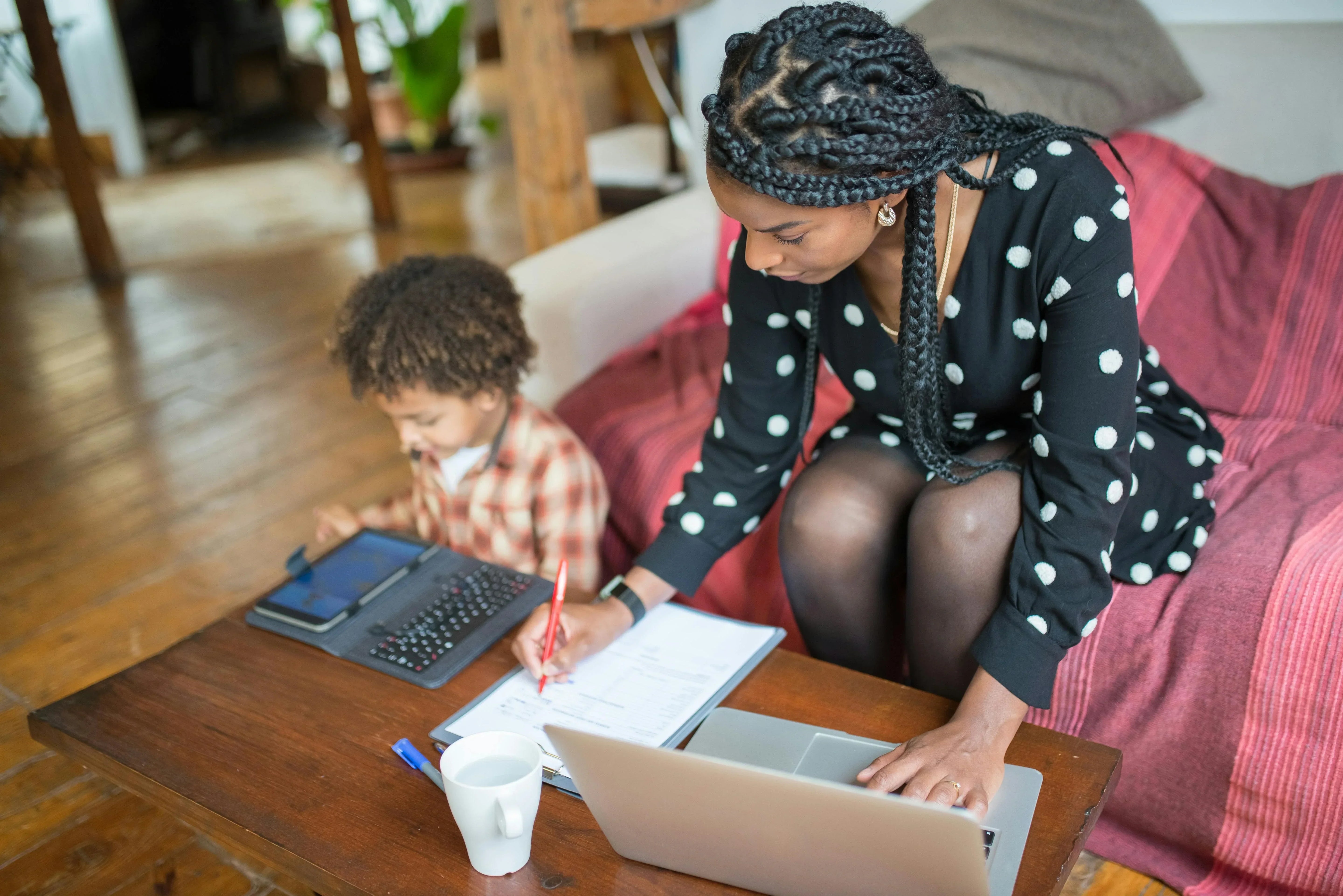In a world where nearly every child has access to a smart device before age 10, digital literacy has become just as critical as reading and math. According to Ipsos, 40% of parents believe technology will play a positive role in their child’s education. Yet almost one in five parents also fear its negative impact on education down the road. So, how can families embrace technology without letting it derail learning? The answer lies in a combination of intention and parental guidance.
Children today may be digital natives, but they still need help navigating the difference between consuming content and learning from it. Smart devices like the TickTalk 5 smartwatch offer parents a balance between connectivity and control. Designed specifically for kids, it lets them stay in touch with family through secure messaging, while enabling guardians to manage screen time, app usage, and even location tracking.
As education continues to evolve with virtual classrooms and at-home learning hubs, the role of the parent has never been more essential. Whether you’re guiding your child through e-reader lessons, interactive whiteboard activities, or digital museum tours, your influence is key to turning tech into a tool for growth, not just entertainment.
E-Readers: Making Reading Dynamic and Multidisciplinary
Research from SAGE Open shows that e-readers enhance vocabulary acquisition and reading comprehension. Whether fiction or nonfiction works, e-readers allow children to easily access stories, news, science articles, biographies, essays, or even historical documents at a pace tailored to their ability. Of course, this largely depends on how parents, teachers, and other caregivers will offer them support and guidance.
Tips for parents using e-readers effectively:
-
Create themed libraries: Select eBooks that align with your child’s current school topics (e.g., astronomy, ancient Egypt, or environmental science).
-
Use interactive features: Built-in dictionaries and note-taking tools help kids define new words and summarize chapters.
-
Encourage goal setting: Many e-readers include reading trackers to motivate daily reading habits and celebrate milestones.
Because e-readers are educational workhorses, finding the right one that suits your family's needs is essential. QVC's electronics section features a variety of tablets and e-readers; devices like the Core Innovations PBS Kids Playtime Pad and the Kurio 7" Tablet for Kids are designed with education in mind. Aside from the e-reader apps, these offer educational apps and games to help boost early childhood development in creativity and learning, with security and safety in mind. Be sure to find tablets and e-readers that are packed with features designed to make reading more accessible, engaging, and subject-rich.
Interactive Whiteboards: A Hands-On Upgrade to the Home Classroom
According to Frontiers in Education, interactive whiteboards (IWBs) enhance engagement and motivation by encouraging real-time interaction and visual reinforcement. This is especially valuable in subjects that benefit from spatial learning, like geometry or geography. One of the teachers surveyed noted that these boards were also excellent for language and literacy learning, as well as physical activities. "We have a SmartBoard in our Kindergarten room, and that has been really helpful for those types of questions when the teacher doesn’t know."
Smart ways parents can use IWBs at home:
-
Visualize complex lessons: Help kids break down math equations, chart family trees, or create digital mind maps.
-
Record learning sessions: Many boards allow parents and kids to replay or review past lessons for extra reinforcement.
-
Combine with remote tutoring: IWBs can sync with video conferencing apps for an interactive experience with online instructors.
Interactive whiteboards help transform passive screen time into active, tactile learning. Tools like the Samsung Flip or Vibe Board offer a canvas for math problems, science diagrams, and creative storytelling, all in one place. These boards don’t just replicate the classroom; they help personalize it, making virtual learning more responsive and dynamic.
Learning Apps: Portable, Personalized, and Productive
The best learning apps offer structured, bite-sized lessons that adapt to your child’s pace. Data from Statista spotlights ABCmouse, Epic, Kiddopia, Noggin, and ABC Kids as leaders in app-based learning. Khan Academy Kids, Duolingo Kids, and Quizlet are also incredibly popular, particularly among older children.
-
Duolingo Kids: Teaches languages like Spanish and French through playful repetition and game mechanics.
-
Khan Academy Kids: Covers early math, reading, and logical reasoning with age-appropriate exercises and vibrant animation.
-
Quizlet: Allows older students to build and study flashcards for vocabulary, science, history, and more.
Tips for maximizing learning apps:
-
Integrate with offline activities: Use Duolingo lessons during a themed dinner night or Quizlet flashcards before bedtime.
-
Set daily challenges: Gamify the experience by awarding points or rewards for completing lessons.
-
Track usage and improvement: Most apps offer parent dashboards or reports to monitor learning trends.
Used wisely, these apps make screen time educational and even fun!
Virtual Museum Tours: Learning Without Leaving the Living Room
Exploring the world has never been easier, thanks to virtual museum tours. From dinosaur skeletons to Renaissance paintings, these experiences expose children to art, culture, and science without the travel. World-class museums offer several child-friendly tours, including:
-
The Smithsonian National Museum of Natural History: Offers virtual exhibits of fossils, gemstones, and marine life.
-
The Louvre Kids Tour: Features story-driven introductions to classical art and history.
-
The Boston Children’s Museum: Delivers interactive online experiences tailored for younger learners.
How parents can boost learning with virtual tours:
-
Prepare pre-tour worksheets: Ask kids to find five fun facts or sketch something they “saw.”
-
Pair with themed reading: After touring a space museum, read an e-book about the solar system.
-
Discuss findings together: Turn it into a conversation during dinner or family game night.
Virtual museum tours foster critical thinking, observational skills, and global curiosity, all from home. By engaging your children with these tours, you can help cultivate them into open-minded, global citizens.
Shaping a Future-Ready Child Through Smart Tech
As kids navigate their digital classrooms, smart homes, and screen-filled environments, one truth remains: technology is only as powerful as the guidance behind it. Intentional use can spark curiosity, build discipline, and unlock a love for lifelong learning.
The TickTalk 5 smartwatch proves that safe tech can offer connection, structure, and parental peace of mind, without overwhelming young users. Whether it’s an e-reader that teaches science, an app that introduces Mandarin, or a virtual museum that brings the past to life, today’s tools can support the values parents care about most: focus, creativity, safety, and purpose.
The challenge isn’t eliminating technology; it’s elevating it. Parents can help their children intelligently, responsibly, and joyfully thrive in a digital world with the right tools and involvement.
Article written by Rosy Johns



Share:
How To Travel Internationally With TickTalk 5
Do Smartwatches For Kids Have GPS Tracking?